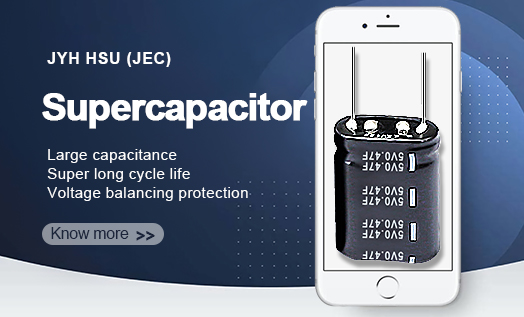It was reported that a research laboratory of a leading state-owned automobile group in China discovered a new ceramic material in 2020, rubidium titanate functional ceramics. Compared with any other material already known, the dielectric constant of this material is unbelievably high!
According to the report, the dielectric constant of the ceramic sheet developed by this research and development team in China is more than 100,000 times higher than that of other teams in the world, and they have used this new material to create supercapacitors.
This supercapacitor has the following advantages:
1) The energy density is 5~10 times that of ordinary lithium batteries;
2) The charging speed is fast, and the electric energy utilization rate is as high as 95% due to no conversion loss of electric energy/chemical energy;
3) Long cycle life, 100,000 to 500,000 charging cycles, service life ≥ 10 years;
4) High safety factor, no flammable and explosive substances exist;
5) Green environmental protection, no pollution;
6) Good ultra-low temperature characteristics, wide temperature range -50 ℃~+170 ℃.
The energy density can reach 5 to 10 times that of ordinary lithium batteries, which means that it is not only fast to charge, but can run at least 2500 to 5000 kilometers on a single charge. And its role is not limited to being a power battery. With such a strong energy density and such a high “voltage resistance”, it is also very suitable to be a “buffer energy storage station”, which can smoothly solve the problem of instantaneous power grid withstand.
Of course, many good things are easy to use in the laboratory, but there are problems in actual mass production. However, the company has stated that this technology is expected to achieve industrial application during China’s “Fourteenth Five-Year Plan” period, which can be applied to electric vehicles, wearable electronics, high-energy weapon systems and other fields.
Post time: May-18-2022

